From vast mountainous regions, to sprawling coastlines and bustling metropolitan hubs, this region’s vast geography and climates enables it to produce a wide variety of ingredients, from exquisite fish and shellfish, to high-quality meats and organically sourced vegetables.
In addition to this, there is a real tradition to Catalan cuisine, with many dishes famous throughout both Spain and the rest of Europe.
The Morning Advertiser headed to the capital Barcelona – and to the surrounding rural regions – to seek out the very best food Catalonia has to offer, and to find out what UK pubs could learn from its gastronomic culture.
1. Catalan snails (Caracoles)
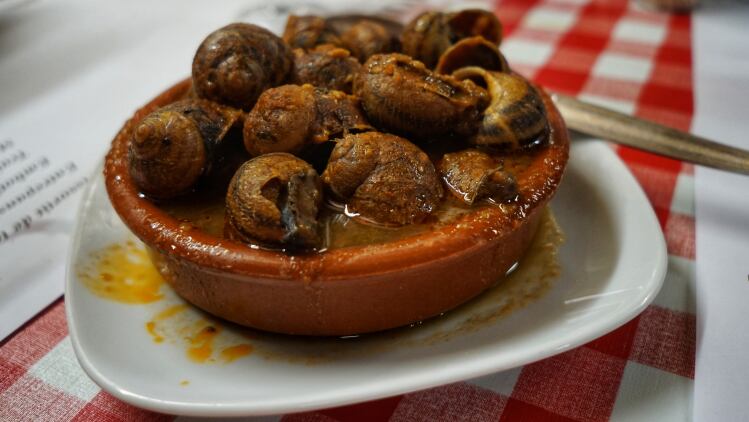
It isn’t just the French who have a penchant for eating these slimy, hard-shelled creatures. Snails are hugely popular across Catalonia, and there is even a snail festival (L'Aplec del Caragol) held in Lleida, 100 miles inland from Barcelona.
Each city and region has its own unique twist on this unusual dish. In Barcelona, at the community focused restaurant Bar-Bodega Bartolí, the snails are cooked in a tomato-based sauce, with liberal quantities of garlic and paprika for seasoning.
These caracoles, or cargols as they are called in Catalan, would make an excellent starter or sharing plate, and the novelty factor is sure to draw in plenty of foodies or those with a more adventurous palate.
Top Tip: Serve the snails in a communal bowl brimming with sauce, and provide customers with a set of toothpicks to scoop stubborn snails out of their shells
2. Slow-cooked egg with pork belly
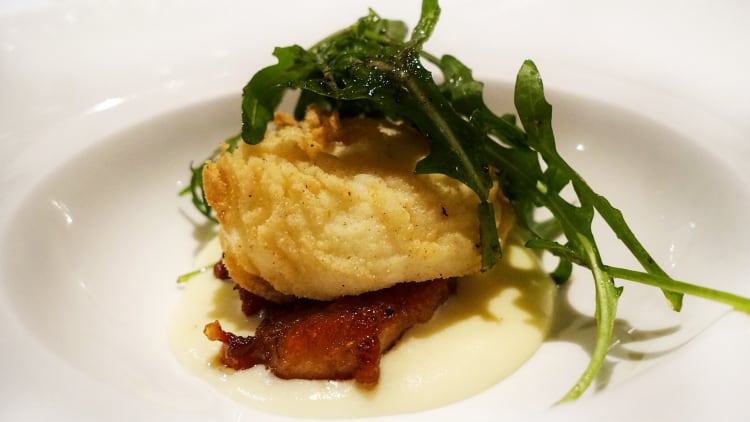
In the gothic quarter of Barcelona, close to famous craft beer bars such as Garage Beer Co and BierCab lies the Mediterranean restaurant Racó d'en Cesc. The venue’s resident beer sommelier Edgar Rodriguez Tello has worked with its chefs to design a menu that pairs each dish with a different style of beer.
The highlight of the menu is undoubtedly the slow-cooked egg with pork belly, potato cream, rocket and truffle oil. The egg is slow cooked sous vide at a low temperature (around 65°C) for 20 minutes, then coated in flour and fried. The resulting rich, succulent dish would give any brunch or lunch menu a touch of class.
Top Tip: Match this decadent plate with a light and zesty wit beer to cut through the fat and cleanse the palate.
3. Grilled calçots with romesco sauce
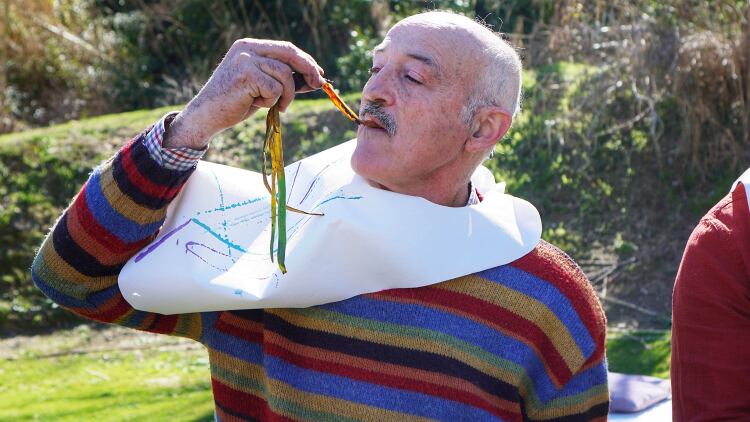
An incredibly important Catalan custom, calçots are similar to leeks or spring onions and are harvested in the spring (usually between January and April). Locals will partake in traditional parties called 'calçotadas' where they will grill the calçots over a barbecue or an open fire. The Morning Advertiser attended such a gathering at La Taba restaurant in the wine-making region of Penedès.
These grilled calçots are stripped by hand before being dipped in romesco sauce (a nutty salsa made with olive oil, salt, hazelnuts, almonds, tomatoes, bread, garlic and paprika) and eaten by dangling them high above your mouth.
The theatre and novelty of calçotadas would add another dimension to your pub’s barbecue offering, as well as being an extremely tasty snack for vegetarian or vegan customers.
Top tip: Give your customers bibs and plenty of wet wipes when serving grilled calçots, as the charcoal and romesco sauce has a habit of getting everywhere.
4. Trinxat de la Cerdanya with bacon and black sausage
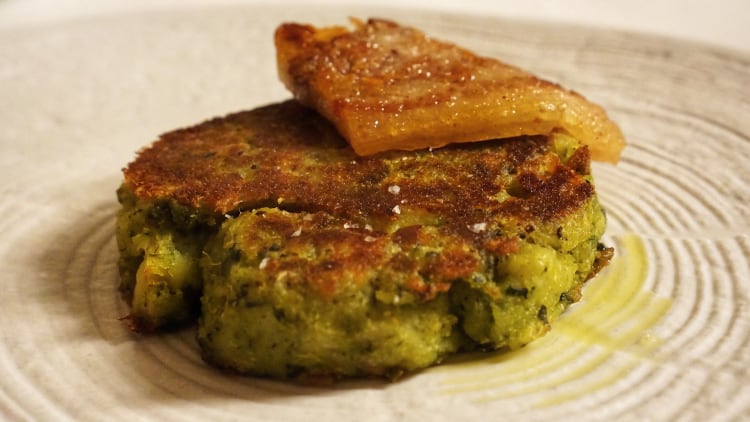
A regional dish hailing from the eastern Pyrenees, Trinxat de la Cerdanya has become popular throughout Catalonia and is the continental equivalent of a posh bubble and squeak patty.
The dish is made from patatas bravas, green winter cabbage and garlic, mashed together and then fried in oil. When served garnished with fat back or smoky bacon, this dish is a great way to use up leftovers, while tapping into the exciting regional history of Catalonia (the locals grew potatoes due to their ability to grow at a high altitude in poor soil, and reared pigs instead of cattle because of the limited grazing land available to them).
Top Tip: Combine this dish with the slow-cooked egg from Racó d'en Cesc for a truly extravagant breakfast option that commands a premium price.
5. Boneless chest of lamb stuffed with mushrooms
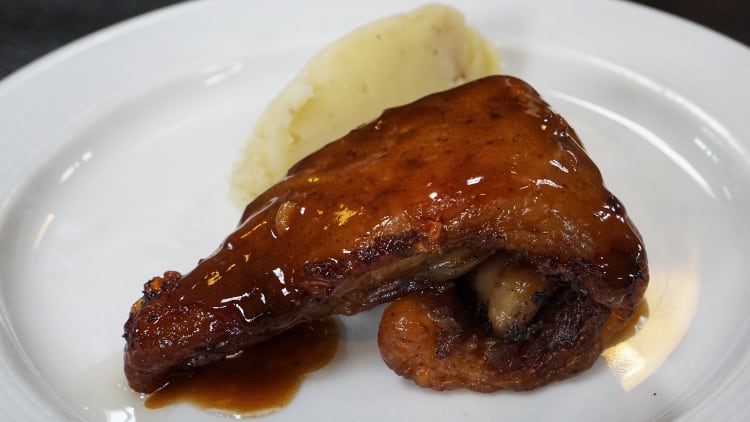
On the other side of the Pyrenees mountains, around 600m above sea level, lies Ctretze Pirineus, a small microbrewery with its own taproom-cum-restaurant.
Here The Morning Advertiser learns that it is traditional for local farmers to take their flock of lambs up to higher altitudes to graze during the summer months. This tradition is less widespread than in years gone by, but is made possible by new technologies that enable shepherds to track the location of their animals via GPS.
The resulting lambs are slaughtered and cooked sous vide for 24 hours at around 35°C before being served stuffed with garlic and mushrooms. A tender and aromatic dish that would no doubt fly out if offered as an alternative to a Sunday roast.
Top tip: The chefs at Ctretze Pirineus use the bones from the lamb to make the stock that accompanies the dish, ensuring that waste is kept to a minimum.
This article was produced after a trip organised and paid for by the Catalan Tourist Board. More information about Catalonia's gastronomic culture can be found at www.catalunya.com or by emailing info.act.uk@gencat.cat
